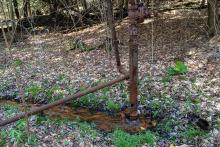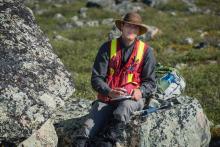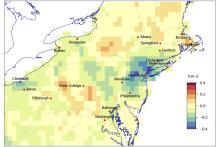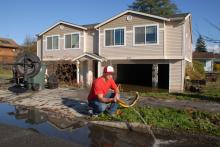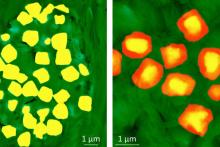A team of geoscientists thinks the key to understanding some destructive earthquakes may lie in the deep, gradual slow-slip behaviors beneath the subduction zones.
Leaking natural gas wells are considered a potential source of methane emissions, and a new nanomaterial cement mixture could provide an effective, affordable solution for sealing these wells, according to a team of Penn State scientists.
Geoscientists have long known that some parts of the continents formed in the Earth’s deep past, but the speed in which land rose above global seas — and the exact shapes that land masses formed — have so far eluded experts.
Jacob Hidrowoh didn’t plan on his career journey turning out the way it did. A young man from Quito, Ecuador, Hidrowoh came to Penn State in 2014 on a national Ecuadorian scholarship to study Earth science and policy, a new major at the time.
The measures instituted in April to help curb the spread of COVID-19 across the United States may hold clues for improving air quality, according to researchers.
What do you have on your 2020 Bingo Card? Wildfire, heat wave, global pandemic, or flooding? If it’s flooding, then it’s a good bet it will happen in many places in the U.S. sometime during the year.
With rising temperatures in the Arctic, communities in Alaska’s North Slope Borough are seeing the ground beneath their feet melt away.
Pyrite, or fool’s gold, is a common mineral that reacts quickly with oxygen when exposed to water or air, such as during mining operations, and can lead to acid mine drainage. Little is known, however, about the oxidation of pyrite in unmined rock deep underground.



